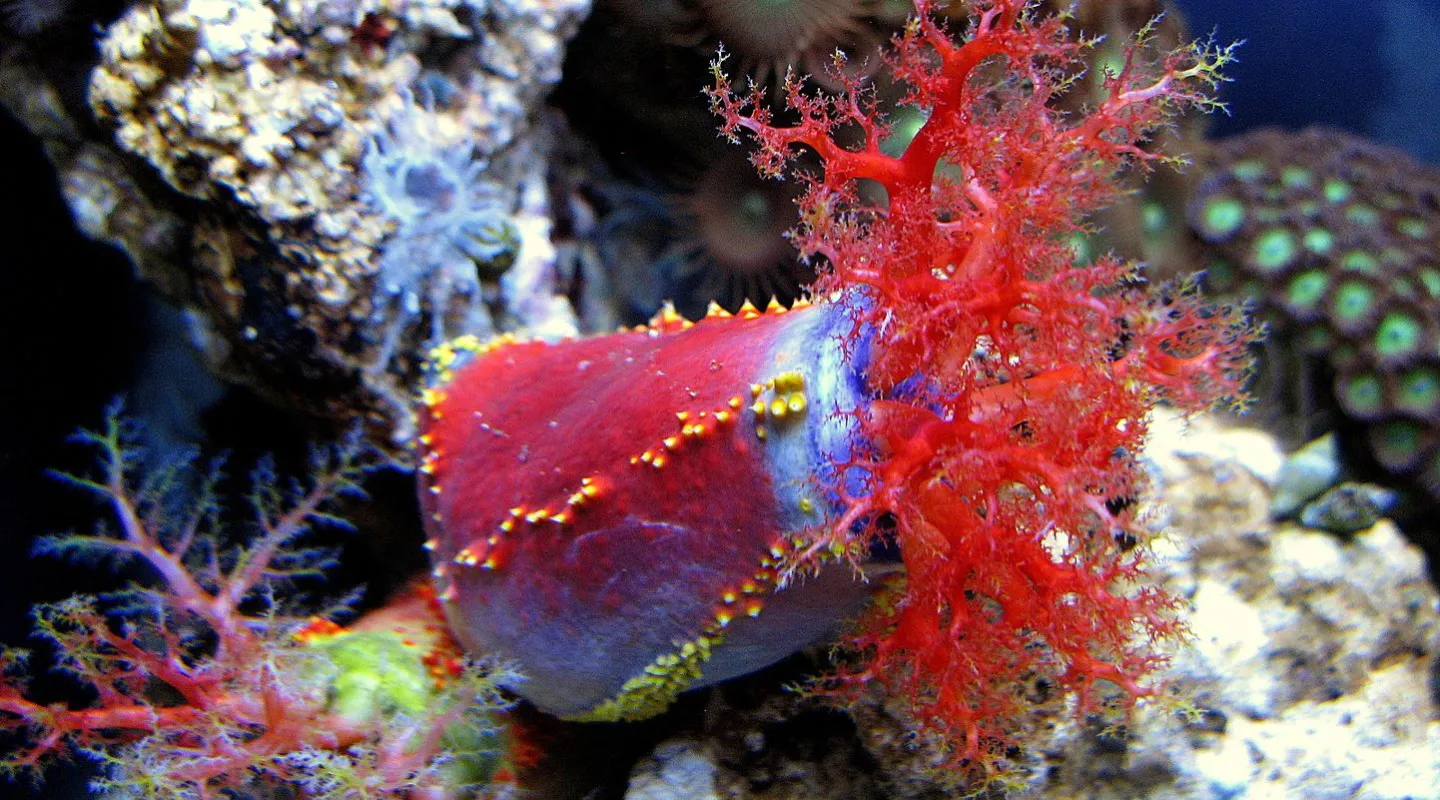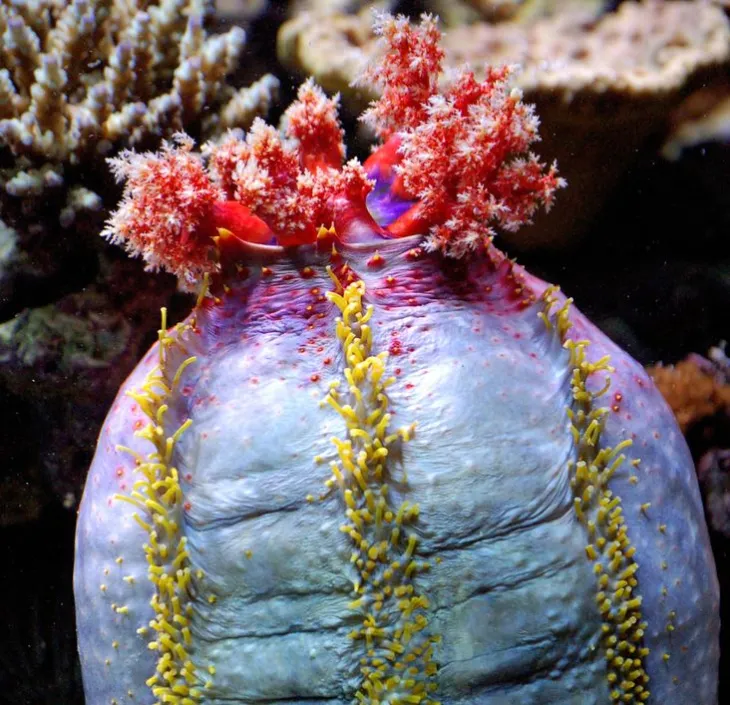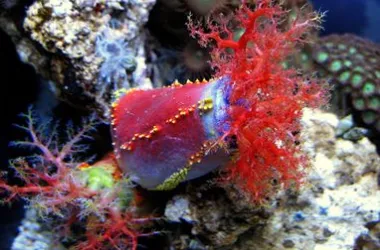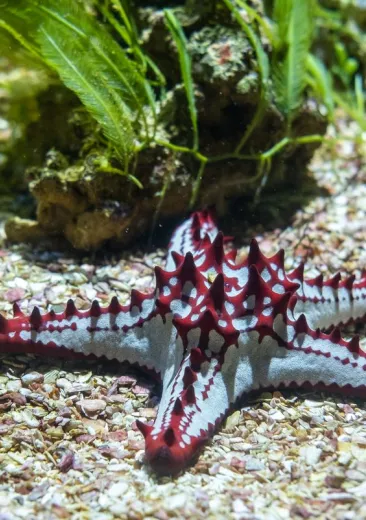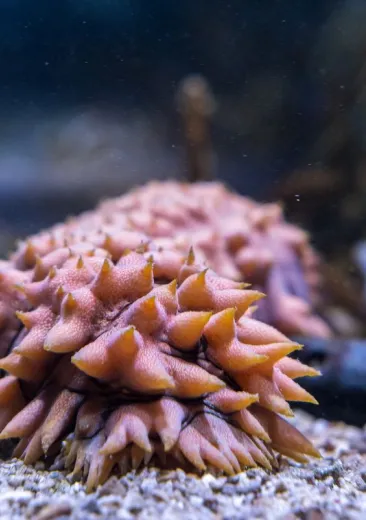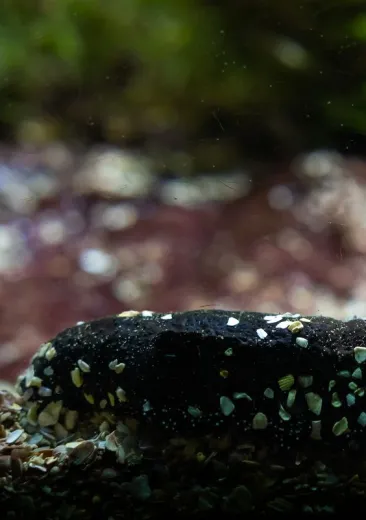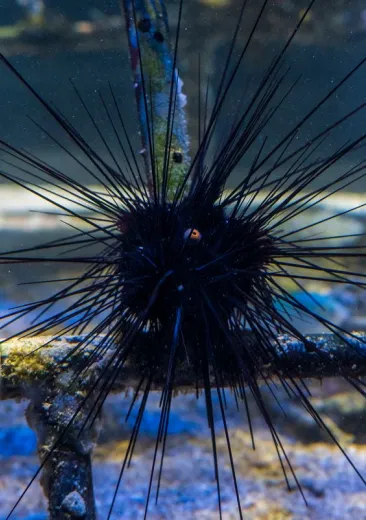The sea apple attaches itself to rocks with its suction-cup feet and extends its branching tentacles. These trap the organic particles on which the sea apple feeds.
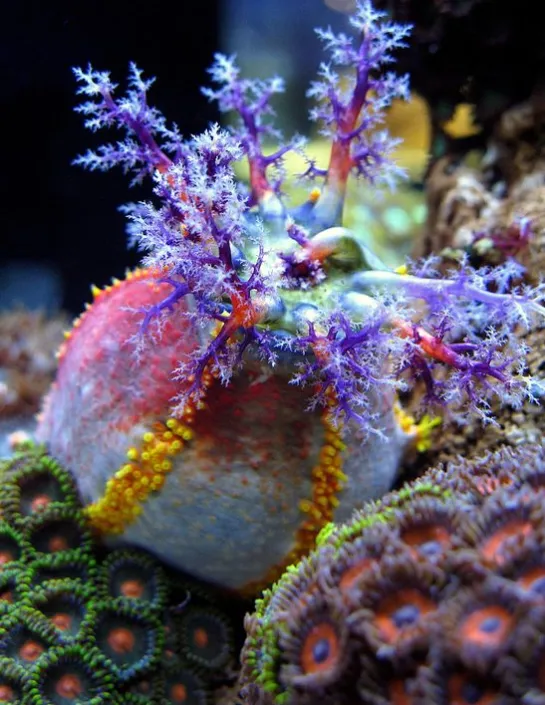
Identity card
Sea apple
- Scientific name:
- Pseudocolochirus violaceus
- Family:
- Cucumariidae
- Class:
- Holothuroidea
- Phylum:
- Echinodermata
- Year of description:
- Théel, 1886
- IUCN Status:
- Not Evaluated
- CITES-status:
Not Evaluated
- Distribution:
-
It lives in the Indo-Pacific and along the east coast of Africa.
- Habitat:
-
The sea apple is a sea cucumber that is found in the Indo-Pacific.
- Size:
It can measure from 10 cm to 18 cm in length.
- Diet:
-
The sea apple is a detritivore and feeds on organic matter, fragments of algae and zooplankton.
